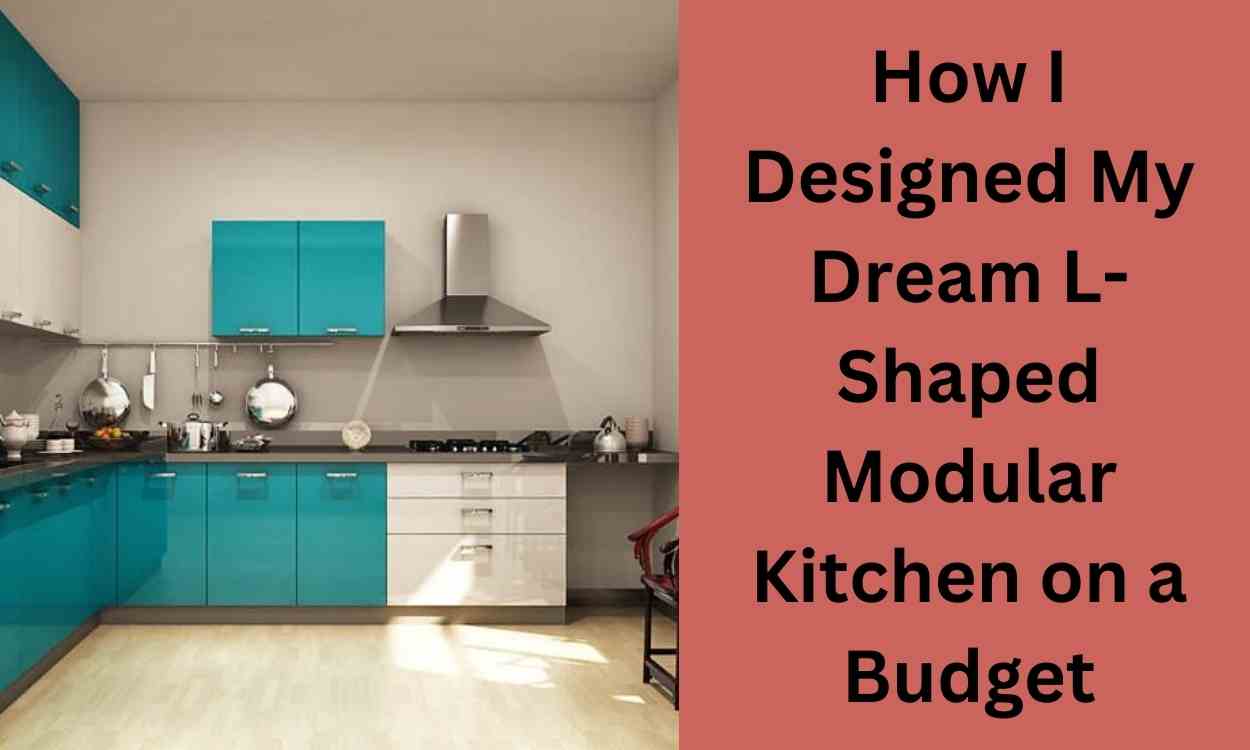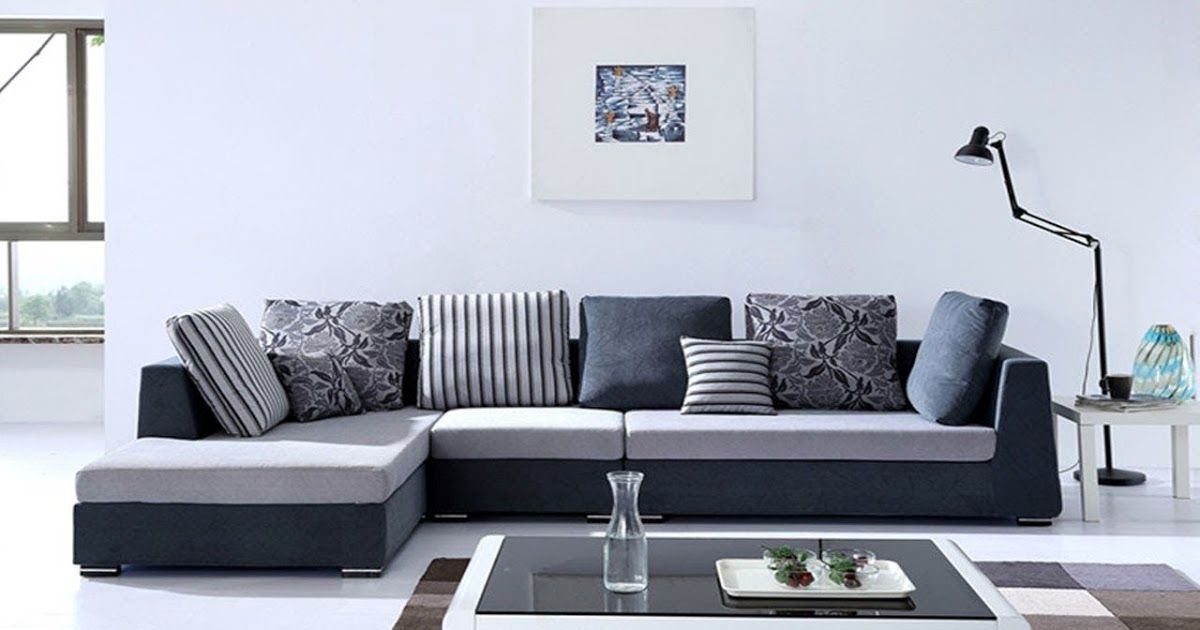In the modern workspace, office furniture plays a vital role in enhancing employee comfort, productivity, and health. Studies show that uncomfortable furniture can lead to lower productivity, increased sick days, and general discomfort. Selecting the right office furniture can make a world of difference, offering ergonomic support and promoting a healthy, positive work environment. This article dives into the essentials of choosing office furniture that boosts comfort, health, and employee satisfaction.
Why Office Furniture Matters for Employee Well-Being
Employee well-being goes beyond ergonomic chairs and sit-stand desks. The furniture you select influences not only physical comfort but also mental well-being. Good furniture design can improve posture, reduce strain on joints, and encourage movement. Moreover, an attractive, comfortable workspace fosters employee pride and motivation, directly impacting performance.
A study by the American Society of Interior Designers revealed that over 65% of employees believe the quality of their office furniture impacts productivity. Employees are more likely to feel valued and focused in a well-furnished, supportive environment.
Types of Office Furniture That Enhance Comfort
Here are various types of office furniture that are essential for supporting comfort and health.
3.1 Ergonomic Chairs: The Backbone of Comfort
Ergonomic chairs are a must-have for any workspace. These chairs support the back, neck, and hips, which are common areas where people experience strain.
- Adjustable height and armrests: Promote better posture.
- Lumbar support: Ensures the natural curve of the spine is maintained.
- Seat depth: Provides room for hip movement, which is crucial for comfort.
Ergonomic chairs come in various styles, from mesh backs to leather seats, offering both function and style.
3.2 Adjustable Desks for Posture and Productivity
Adjustable desks, often known as sit-stand desks, are highly popular in modern offices. They allow employees to shift between sitting and standing, which boosts circulation and reduces the risk of health issues linked to prolonged sitting.
- Height adjustability: Supports different body types and working styles.
- Memory settings: Allow employees to switch between pre-set positions.
- Sturdy build: Ensures safety while switching between heights.
This flexibility helps employees feel energized throughout the day, making adjustable desks a powerful addition to any office.
3.3 Supportive Footrests for All-Day Comfort
Footrests may seem minor, but they provide essential support, particularly for shorter employees or those who work at elevated desks.
- Angled footrests: Promote better posture.
- Textured surface: Provides a massage-like feel, encouraging movement.
- Adjustable height: Fits a range of seating and desk heights.
Using a footrest can reduce pressure on the legs, supporting circulation and lowering the risk of numbness and discomfort.
3.4 Breakout Area Furniture for Relaxation
Breakout area furniture is often overlooked in discussions about office comfort, but it serves a crucial role in promoting relaxation and collaboration. This can include couches, bean bags, or small tables where employees can relax, brainstorm, and connect.
- Soft seating: Offers a comfortable place to relax.
- Collaborative spaces: Encourages informal meetings and creative discussions.
- Visually appealing designs: Creates a relaxing, welcoming atmosphere.
Adding breakout area furniture helps employees unwind, reduces stress, and improves team dynamics.
The Role of Office Layout in Health and Productivity
The layout of office furniture impacts how employees interact with their workspace. For example:
- Open layouts encourage collaboration but may benefit from privacy dividers.
- Private cubicles offer quiet space for focus but need ergonomic chairs and desks.
- Hybrid layouts combine open and private spaces, offering the best of both worlds.
The right layout enhances productivity, minimizes distractions, and ensures that employees feel comfortable and motivated.
Selecting High-Quality Materials for Long-Lasting Comfort
Choosing the right materials for office furniture isn’t just about aesthetics; it’s also about durability and comfort. Here are some popular options:
- Mesh for chairs: Breathable, allowing air to flow and keeping employees cool.
- High-density foam: Common in seats, this provides comfort and resists wear.
- Wood or metal desks: Offer sturdiness and a professional look.
- Natural fibers in couches and breakout seating: Soft, comfortable, and environmentally friendly.
Investing in quality materials ensures the longevity of office furniture, saving on replacement costs and maintaining a professional appearance.
Incorporating Office Furniture for a Healthy Workspace
To create a healthy workspace, consider the following strategies:
- Encourage movement: Arrange furniture to encourage employees to walk around the office.
- Optimize lighting: Ensure that desks and chairs are placed near windows or adequate lighting for comfort.
- Prioritize organization: Choose furniture that allows for easy storage and organization to reduce clutter.
- Add greenery: Plants add color and purify the air, contributing to a healthier environment.
With these small adjustments, you can maximize the benefits of your office furniture and create a more dynamic workspace.
Popular Office Furniture Brands That Focus on Health
Several brands focus specifically on ergonomic, comfortable, and health-centric office furniture. Here are a few top choices:
- Herman Miller: Known for iconic designs like the Aeron chair, this brand emphasizes ergonomic support.
- Steelcase: Offers a range of office furniture designed for productivity and comfort.
- Autonomous: Provides adjustable desks and ergonomic chairs, focusing on modern office solutions.
- IKEA: Affordable and ergonomic options that work well in various office setups.
Choosing furniture from these brands guarantees quality and helps create a healthier workspace.
FAQ: Your Guide to Choosing the Right Office Furniture
Q: How can I ensure my office furniture is ergonomic?
A: Look for features like adjustable heights, lumbar support, and materials that allow airflow.
Q: What are the essential types of office furniture for comfort?
A: Ergonomic chairs, adjustable desks, supportive footrests, and breakout area furniture.
Q: How often should office furniture be replaced?
A: It depends on the material and usage. Generally, office chairs should be replaced every 5-7 years, while desks can last much longer with proper care.
Q: Can office furniture really impact employee health?
A: Yes, good furniture reduces physical strain and promotes better posture, which helps prevent long-term health issues.
Q: What’s the best type of office layout for comfort?
A: A hybrid layout offers a mix of open and private spaces, balancing focus and collaboration.
Conclusion
Investing in high-quality office furniture isn’t just about aesthetics; it’s an investment in employee health and productivity. With ergonomic chairs, adjustable desks, and carefully selected breakout area furniture, businesses can create a workspace that truly supports their team. By choosing furniture that emphasizes comfort, promoting a health-focused layout, and selecting quality materials, companies foster an environment where employees can thrive physically, mentally, and professionally.



